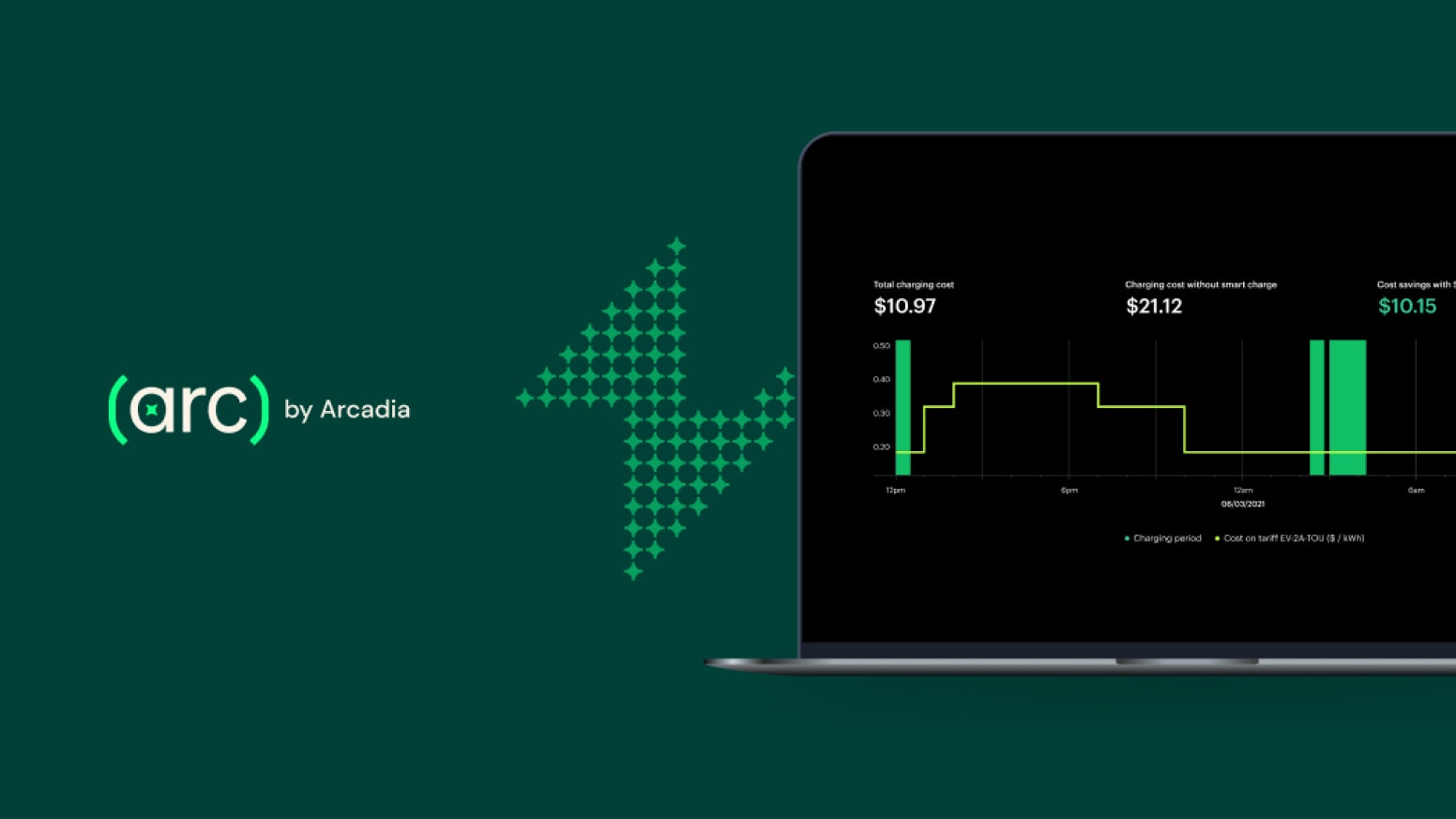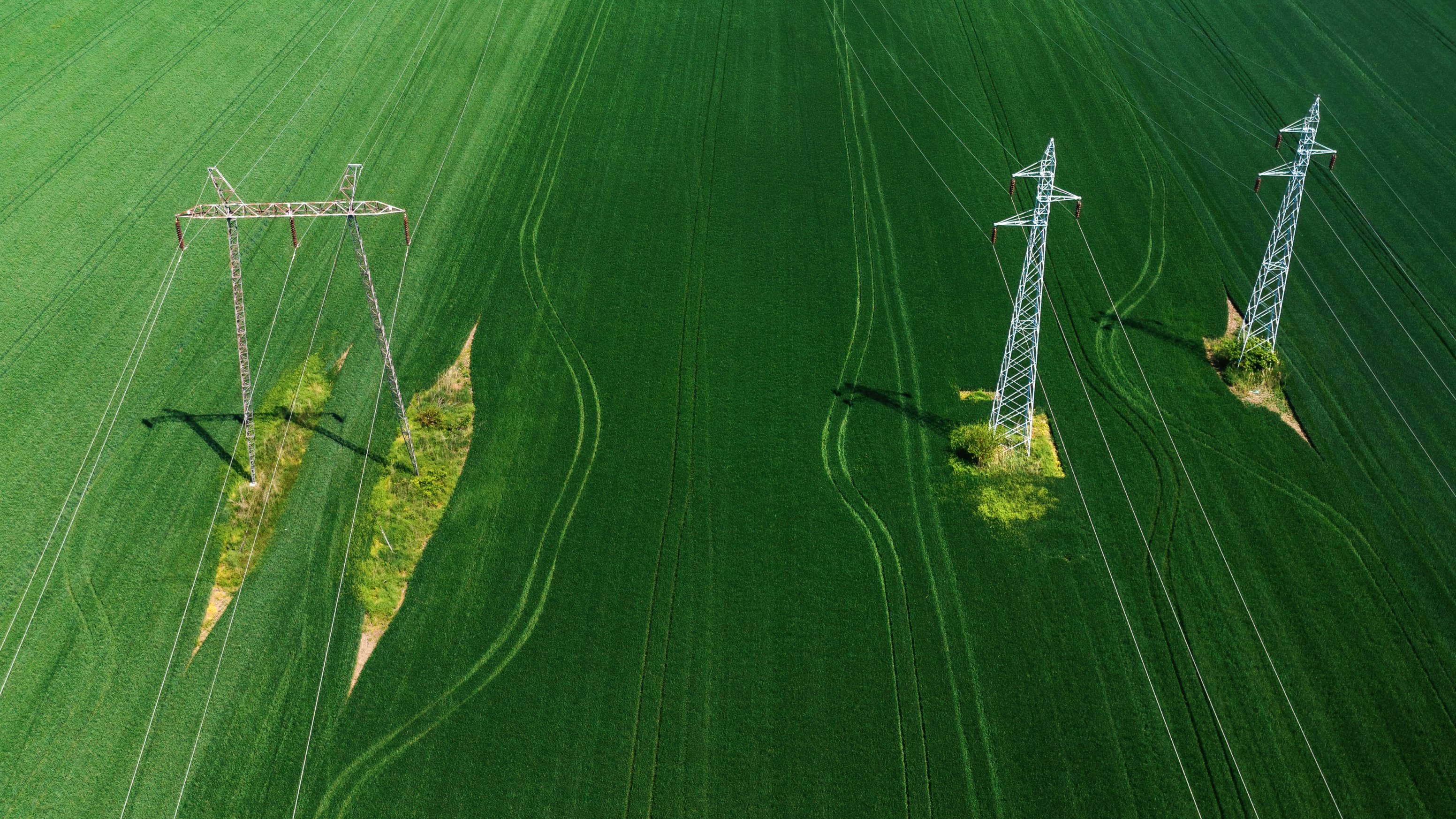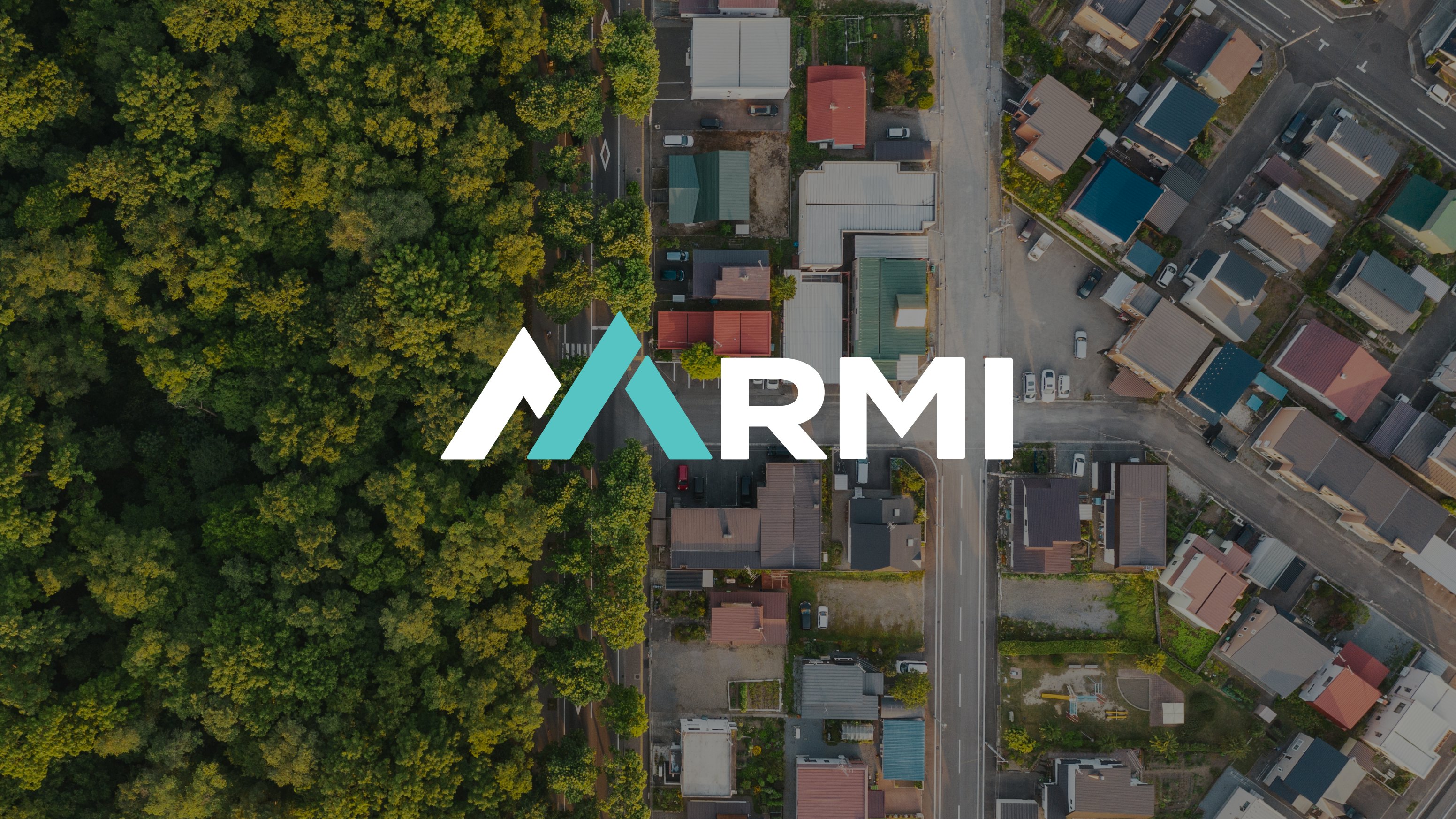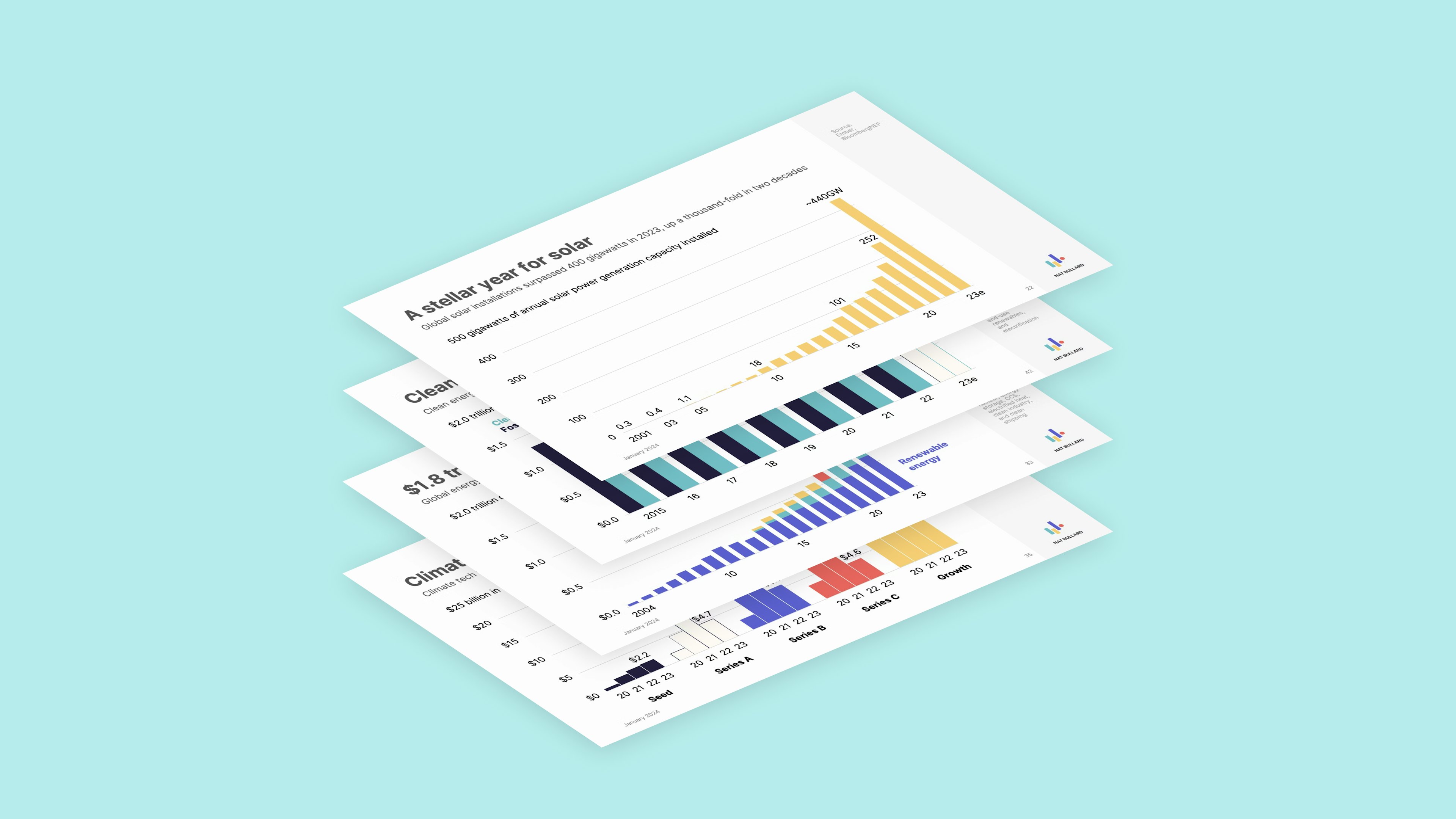Unlock tariff optimization with Arc’s new tool

While it seems like the energy industry has been slow to emerge from the previous century and embrace digitization, the power grid itself isn’t waiting to modernize. The push for greater grid resiliency and the proliferation of distributed energy resources (DER) show no sign of slowing down. In its United States DER Outlook, Wood Mackenzie found that DER capacity installed will more than double in the next four years, from 78 GW installed from 2017 through 2021 to an estimated 175 GW installed from 2022 through 2026. And that’s a great thing!
But in the new energy economy, customers aren’t always getting all the energy savings they could be. It’s essential to ensure that these customers — who are electrifying their lives to combat climate change — are rewarded with valuable savings, to further incentivize their electrification journey. That’s why we’ve launched a new tool for companies leading the charge on electrification, smart homes, and DER that helps them unlock untapped customer savings.
Introducing Tariff Optimize, a new tool from Arc that helps you do exactly that — optimize. The tool is built for a wide range of use cases, whether your end users are companies building a more resilient grid through solar and battery installations or residents looking to explore their energy options, purchase an EV, or electrify their homes.
Want to go deeper on trends in the new energy economy? Sign up for our newsletter series.
What is Tariff Optimize?
Tariff Optimize is part of the Spark product module on the Arc platform. Built on top of the world’s most comprehensive tariff rate database, Tariff Optimize leverages three core API endpoints that respond to the unique time-of-use patterns across various energy rate tariffs. As a result, businesses can capture savings for their clients both from switching them to a different tariff and from devices using energy at the time the tariff is least expensive. Within the Tariff Optimize workflow, you can:
- Retrieve tariff eligibility questions based on customers’ Load-Serving Entity (LSE) and zip code (i.e., what devices does the customer have installed, or what do they plan to install?)
- Return a list of eligible tariffs given answers to those questions
- Calculate the cost of what we’ve coined a “tariff scenario” — in other words, a combination of specific tariff and device demand profiles optimized against that tariff
How can you use the first-of-its-kind Tariff Optimize tool to help your customers? We examine several key use cases below.
Drivers of electrification
To truly kick fossil fuels off the grid, we need to electrify everything — our homes, our vehicles, our businesses. Consumers want to do their part, but concerns about the rising upfront costs of electrification, reliability, and convenience all pose problems for electrification companies. Still, many customers know that electrification will ultimately help them save in the long term, especially in our environment of volatile, high gas prices.
But while EV savings have soared compared to gas costs, the full potential of these savings has remained largely untapped. In our analysis of EV charging versus gas costs across 15 markets, we found that EV owners pay an average of $751 a year to charge their vehicles on the default tariff, versus $2,022 in average annual gas costs. That’s annual savings of 63%. However, they could be saving an average of 78% versus gas costs just by switching to the optimized tariff and charging their vehicles at the lowest-cost times — 38% more than their savings on the default tariff.
The Tariff Optimize tool will allow builders of smart energy apps for homes, EVs, and other electrified devices to model usage and tariff rate parameters for their customers across different scenarios and flexible usage. For example, one utility may have an EV-specific tariff while another may have a rider on an existing tariff — our tech standardizes that into one question of whether the customer has an EV.
Essentially, the Tariff Optimize workflow takes all of the different ways you can implement eligibilities, then standardizes them into a simple set of questions that can be loaded into an interface or answered with existing data. Find the most optimized tariff rate for each of your customers’ unique needs and help them unlock additional savings.
Want to learn more about Tariff Optimize? Request more information.
Solar, storage, and DER companies
Should I install solar or not? If I do, how much could I save over time? When should I expect my savings to start? What would it be like to update my home with more energy-efficient appliances, like an electric heat pump? Is upgrading my HVAC system even worth it?
These are all common questions that solar and DER companies must be able to answer accurately if they want to help customers realize the long-term value of their investments. But getting those accurate answers hasn’t been easy without access to customers’ energy data. The level of effort required to access tariff qualifications, rates across different utilities, and customer usage data proved too big an obstacle. Companies haven’t been able to make accurate projections across scenarios for their customers or help them unlock additional savings by optimizing their tariff rates. As a result, businesses take longer to resolve customer queries, sometimes even losing customers altogether. And without easy access to tariff data, customers might be leaving thousands of dollars in potential savings on the table.
Tariff Optimize changes that.
With Tariff Optimize, solar and DER companies can crystalize the value and savings over time for their customers with confidence. Accurately model and compare what-if scenarios and tariff requirements to maximize your customers’ savings on their solar and storage installations.
It seems like a no-brainer, but a solution hasn’t been available until now.
Want to learn more about Tariff Optimize? Request more information.


